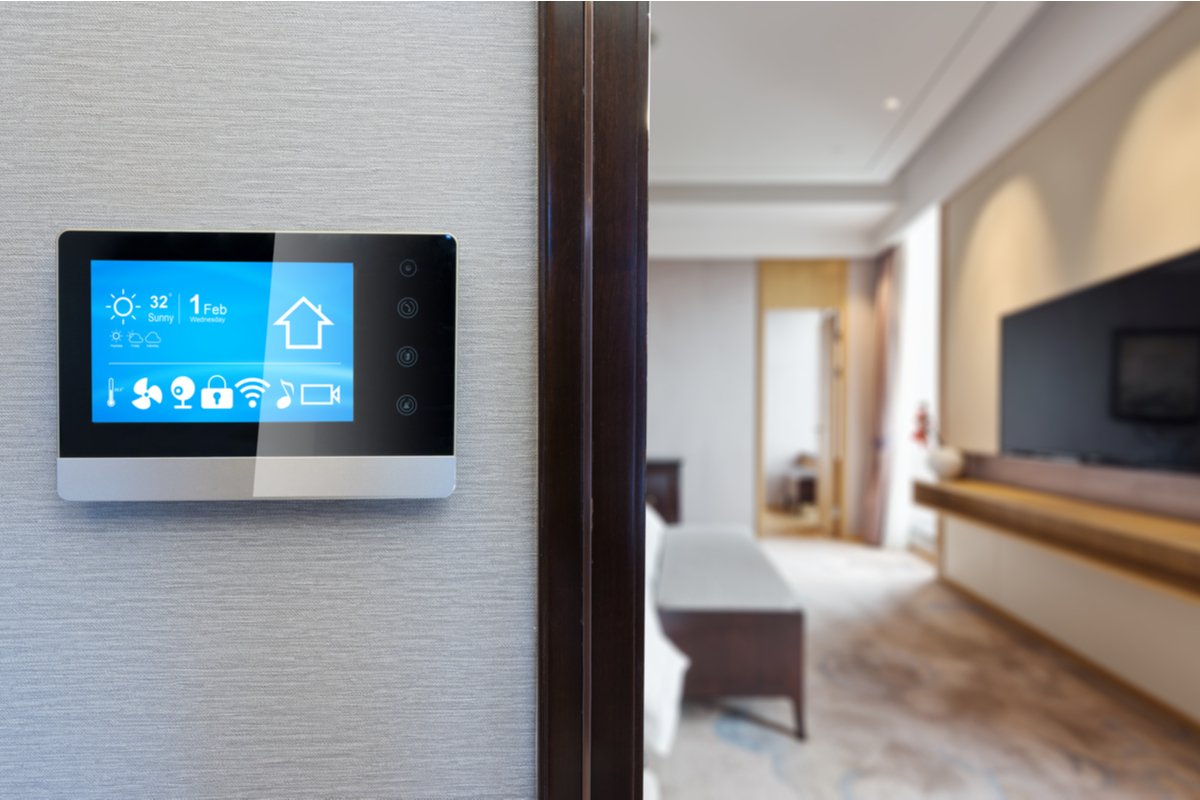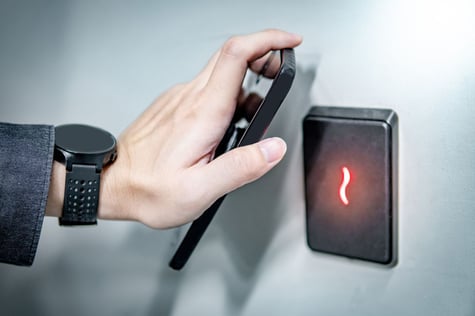The curiosity around ultra-wideband connectivity is growing across a wide range of industries. Not only is it already demonstrating impressive capabilities in automotive and smartphone applications, but it shows a promising future for precise locational devices.
One of the factors inhibiting its progress is the integration limitations surrounding Ultra-wideband antennas and the pulse emission technology it uses. But what are these design limitations around Ultra-wideband, and what do device designers need to know when integrating antennas for specific applications?
What is Ultra-wideband?
Ultra-wideband (UWB) is a revolutionary new wireless technology that specialises in precise locational applications. It operates on a vast 7.5 GHz frequency range as well as wide 500 MHz channel bandwidth. UWB’s locational precision comes from its use of short pattern pulses between a receiver and transmitter; the receiver is able to use these waves to pin-point the location of the transmitter in real-time within a centimetre. In comparison, Wi-Fi and Bluetooth are only accurate within multiple metres, and GNSS doesn’t operate in real-time as it has a TTFF (Time Till First Fix).
UWB is gaining a considerable amount of attention due to its reliable and secure properties as well as its pin-point accuracy. It has seen integration into a range of industries such as automotive, radar and device accessories, with brands like BMW and Apple already incorporating it into designs and devices. However, UWB has yet to become a widely used wireless technology due to the various requirements and considerations required for antennas to function effectively in their respective application.
Ultra-wideband antenna design requirements
Accommodate wide frequency and bandwidth
The main feature of Ultra-wideband is the huge frequency range and bandwidth the technology operates on. This wide frequency enables the locational accuracy and reliable connection of UWB, and makes antenna design a crucial element of any device using the technology. A device using UWB needs to be operational on a full 7.5 GHz of impedance bandwidth whilst also maintaining a compact size and low cost for a range of applications. Balancing the cost and size alongside full bandwidth capabilities is vital in the design of UWB antennas.
Stable and reliable signal
Another aspect that is involved in the balancing of cost, size and bandwidth is the reliability of the connection. UWB operates using short pattern pulses which differs from traditional narrowband connections; this enables a stable connection that is free of interference when using the same bandwidths as other narrowband connections. However, there are factors such as radiation pattern, impedance matching and power density that can affect connection stability. A specific example is the power density of the signals needed to match between transmitter and receiver to avoid interference with other devices on UWB connections. These factors need to be considered when designing antennas for wireless devices.
Considerations for Ultra-wideband antenna integration
Indoor vs outdoor
A significant disadvantage of UWB is its limited operational distance. It has pinpoint accuracy in a small area and is why it is widely used in smart home and digital key industries. When integrating UWB into devices, distinguishing between indoor and outdoor applications is important to maintain connection performance and stability. Outdoor UWB applications can use MIMO (multiple-input, multiple-output) and GNSS coupled integration to enhance their signal quality.
Omnidirectional vs directional
A clear distinction in the locational application of UWB is omnidirectional and directional antennas. Omnidirectional refers to a full 360 degree radiation pattern that allows connectivity from all directions, whereas directional is only a 45-90 degree radius in a single direction. Omnidirectional antennas enable connections from any direction, which is required for applications such as digital keys for vehicles. Directional antennas offer stronger connections that can overcome interference and multipath, making it effective in specific smart home applications. Both these factors need to be considered when integrating a UWB antenna.
Choosing the right ultra-wideband antenna for your device
There are various other factors in addition to those mentioned above that need to be considered in order to effectively integrate UWB into your device. Fortunately, a consortium of leading brands has been created by FiRa and consists of leading companies such as Samsung, Google, and Apple who are leading the way in UWB technology and integration.
Antenova offers a wide range of resources on antenna selection and placement that can help streamline the process of UWB integration for your device design. Find out more about how UWB can benefit your design by using our integration hub.




